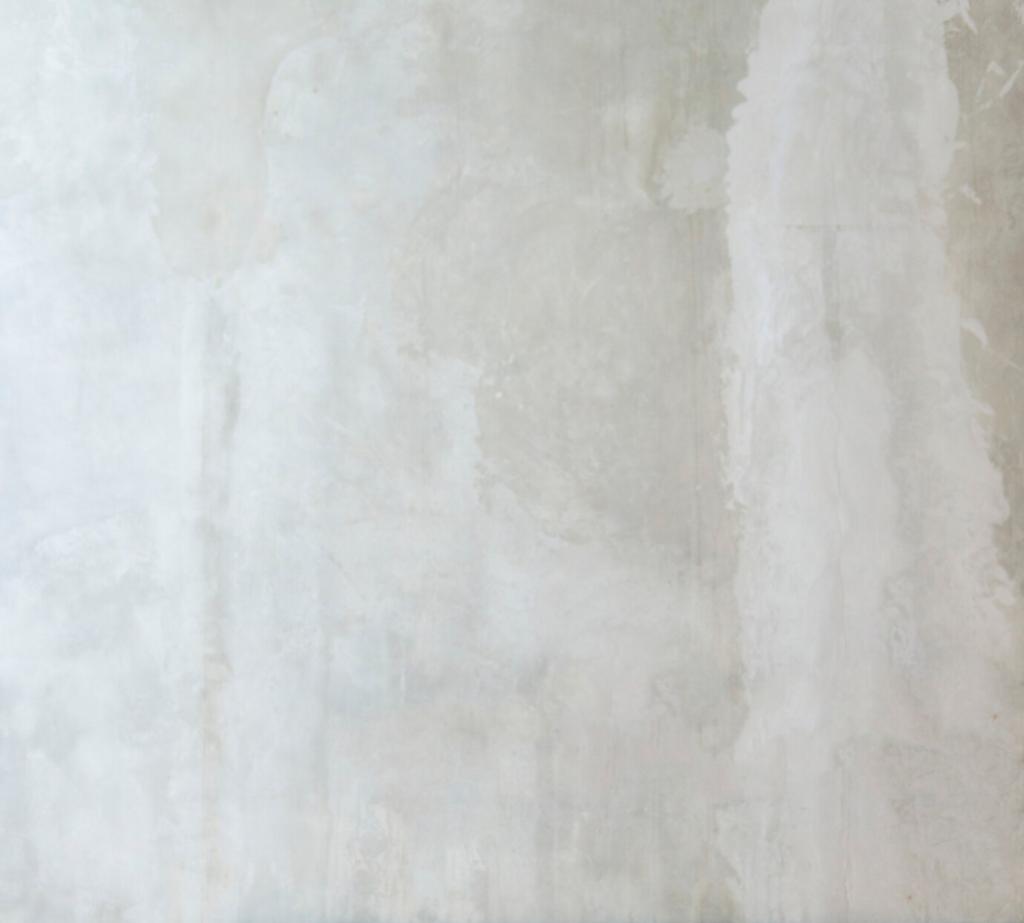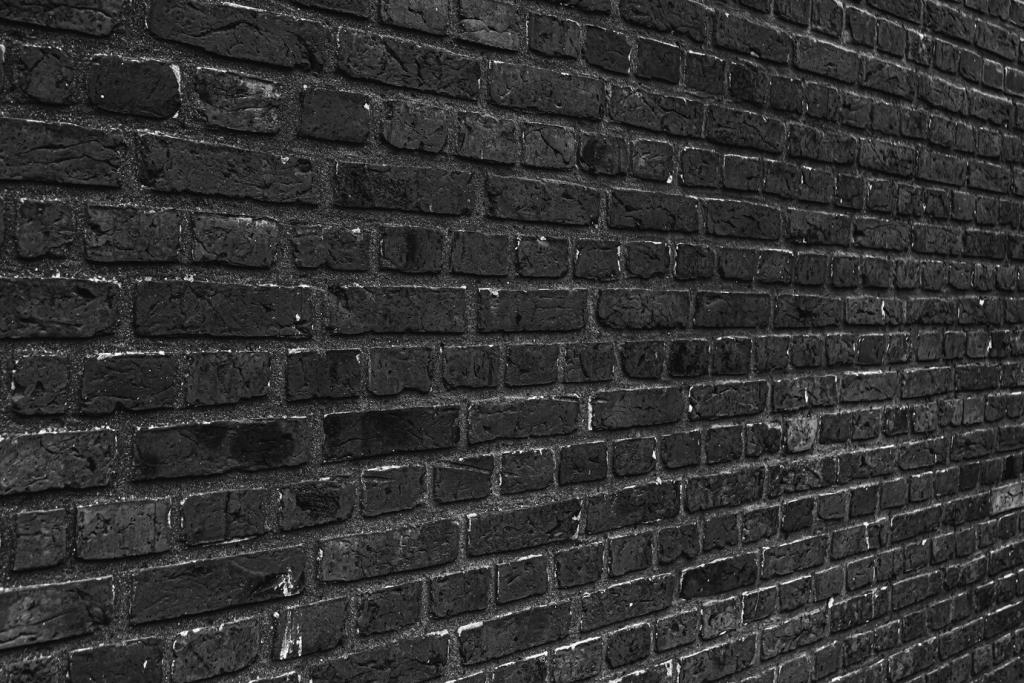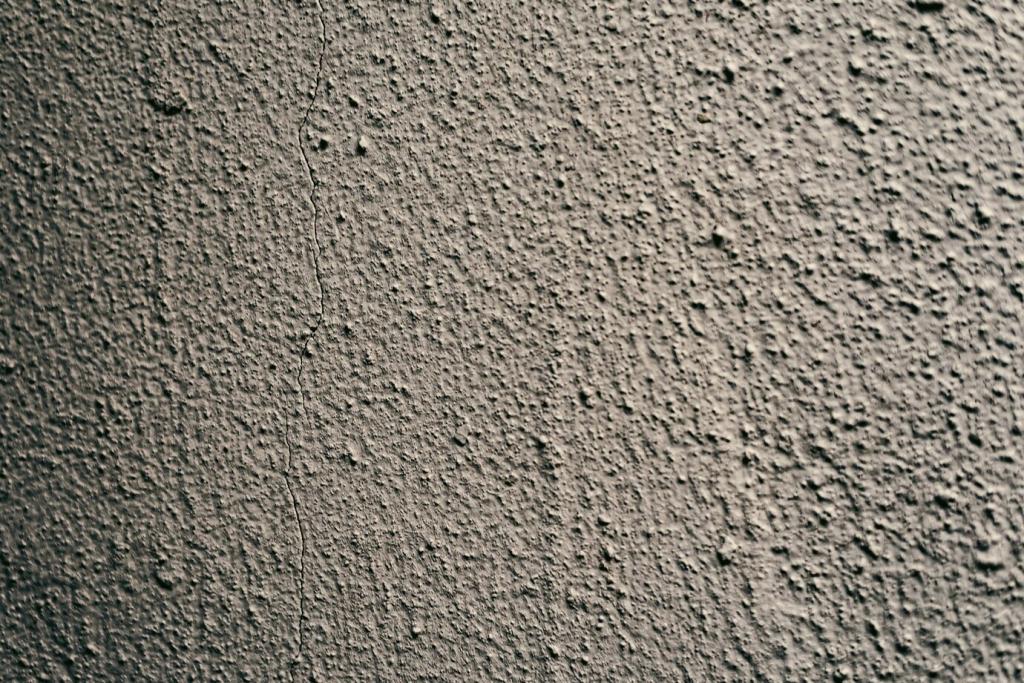Soil First: Invisible Work, Visible Calm
Top-dress beds with finished compost rather than tilling. The surface remains tidy, roots stay undisturbed, and microbes flourish. Over time, plants need less fertilizer, growth becomes even, and your restrained planting scheme stays balanced without the chaos of nutrient spikes or weak flushes.
Soil First: Invisible Work, Visible Calm
A single log tucked behind a grass clump shelters insects and slowly feeds soil life. Small, intentional wild pockets support biodiversity without cluttering sightlines. This subtle layering keeps the garden emotionally serene while quietly increasing ecological function across seasons and weather extremes.







